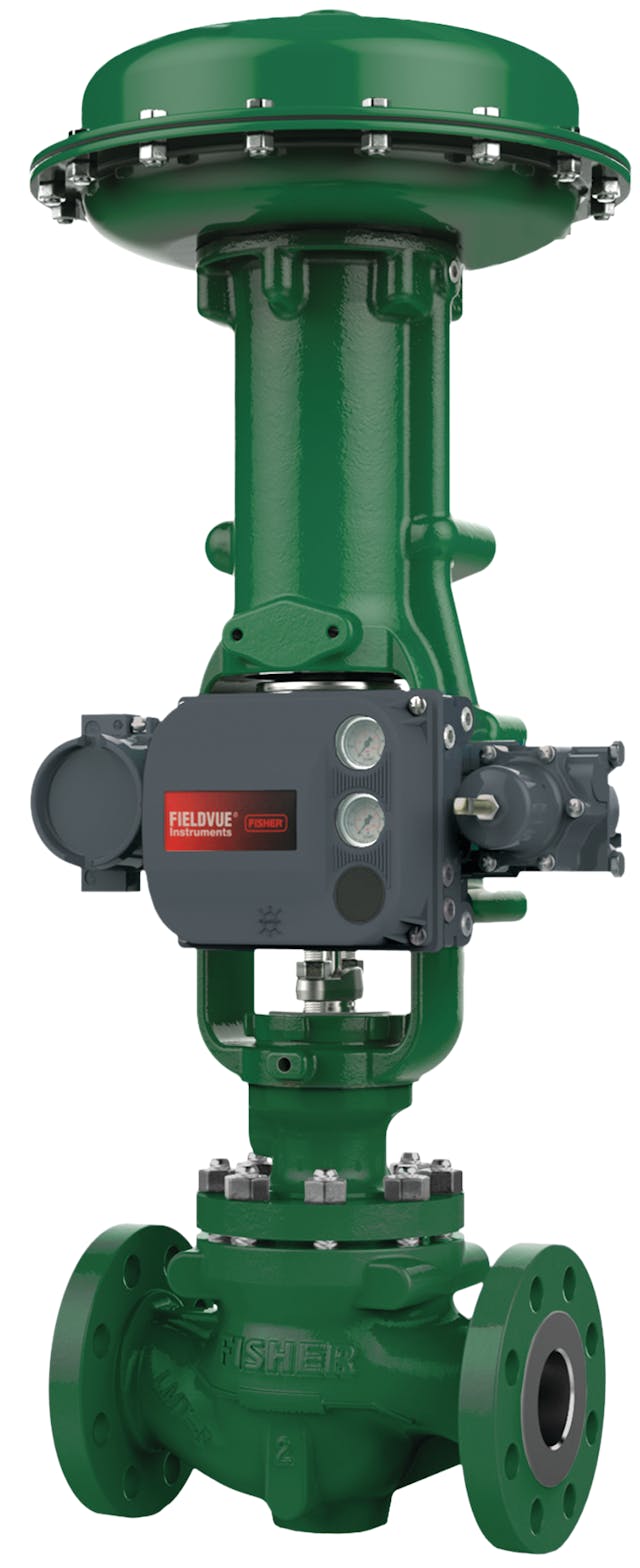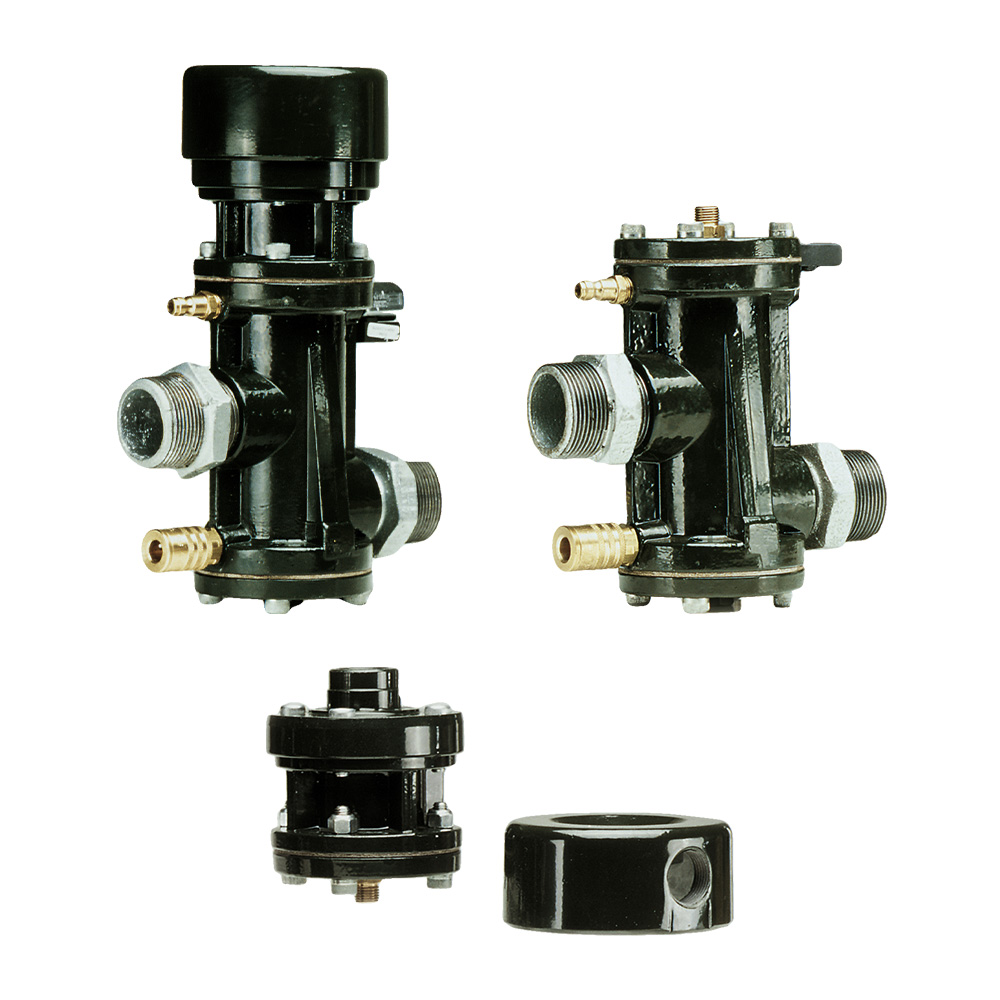
Maximize Energy Financial Savings and Convenience With Advanced Structure Automation Controls
In the realm of modern-day architecture and facility monitoring, the combination of innovative building automation manages stands as a crucial improvement. By harnessing the power of automation, buildings can adjust, react, and develop in means that were once unimaginable.
Energy Performance Advantages
Energy effectiveness advantages can dramatically reduce power usage and operational costs in structures. Energy-efficient systems, such as innovative structure automation controls, can enhance the use of sources like cooling, illumination, and home heating, leading to reduced power expenditures over time.
In addition, enhanced energy performance can prolong the life expectancy of structure equipment and systems. By running extra effectively, HVAC systems, lighting fixtures, and various other structure components experience much less deterioration, resulting in lowered upkeep and replacement costs. In addition, energy-efficient buildings typically regulate higher building values and rental prices, providing long-lasting economic benefits to proprietors.
Furthermore, energy performance can enhance owner comfort and efficiency. Properly controlled indoor atmospheres with optimal illumination and thermal conditions produce an even more conducive and pleasurable work space, leading to enhanced worker complete satisfaction and efficiency. Overall, the energy effectiveness advantages linked with advanced building automation controls are multifaceted, including price savings, environmental stewardship, and passenger well-being.
Boosted Convenience Control
Enhancing convenience control in building atmospheres needs an advanced assimilation of innovative automation systems for optimum resident wellness. By making use of advanced building automation controls, facilities can customize the interior environment to fulfill the specific requirements and preferences of passengers. These systems make it possible for precise guideline of temperature, lights, and air flow, producing a comfortable and productive atmosphere. Occupant satisfaction and performance are carefully linked to thermal comfort, making it vital to have systems in position that can adapt to changing conditions in real-time.
Boosted comfort control goes past basic temperature changes. It includes features such as personalized setups, occupancy sensing units, and natural light utilization to develop a vibrant and receptive atmosphere. By incorporating these innovative controls, buildings can not just boost comfort however likewise enhance energy performance by optimizing system procedures based upon actual occupancy and use patterns. Ultimately, prioritizing passenger convenience via advanced automation systems causes an extra satisfying and much healthier interior setting.
Functional Performance Improvements

Furthermore, the implementation of real-time monitoring and analytics tools makes it possible for structure operators to identify power inefficiencies and functional abnormalities quickly. By continuously monitoring energy usage patterns and system efficiency metrics, modifications can be made in real-time to optimize power intake and ensure peak functional effectiveness. control valves. In addition, including need reaction strategies into structure automation controls can additionally enhance functional efficiency by dynamically adjusting power use based upon grid conditions and prices signals
Indoor Climate Optimization
Efficient interior climate optimization is an essential aspect of building automation controls, making sure residents' comfort and well-being while making best use of energy financial savings. By utilizing sophisticated sensing units and controls, constructing automation systems can continuously adjust and keep track of temperature, moisture degrees, air quality, and ventilation to produce an ideal interior setting. Keeping constant and comfy conditions not only improves passenger complete satisfaction yet additionally boosts productivity and total health.
Interior environment optimization likewise plays an important function in energy effectiveness. By fine-tuning air right here flow, air conditioning, and home heating systems based upon real-time information and tenancy patterns, developing automation controls can significantly minimize power consumption - control valves. As an example, carrying out techniques such as demand-controlled air flow and thermal zoning can help lessen power waste while ensuring that each location of the structure obtains the essential conditioning.

Lasting Atmosphere Creation
Structure automation controls not just optimize interior climate problems for energy performance and resident convenience however also lay the structure for producing a lasting atmosphere via calculated management of systems and resources. By incorporating sophisticated structure automation innovations, such as sensing units, actuators, and intelligent software, centers can change and check energy use in real-time to decrease waste and lower their carbon impact. These systems allow anticipating upkeep, identifying possible problems before they escalate and enhancing equipment performance to boost durability and effectiveness.
In addition, sustainable atmosphere development expands beyond power management to encompass water conservation, waste decrease, and interior air top quality improvement. Building automation controls can control water usage, detect leaks, and guarantee appropriate garbage disposal techniques, contributing to overall sustainability efforts. Furthermore, by regulating and keeping an eye on ventilation and filtering systems, these modern technologies boost owner wellness and performance while lowering power intake related to HVAC operations.
Conclusion
In conclusion, advanced structure automation regulates deal considerable benefits in terms of power cost savings, convenience control, operational effectiveness, indoor environment optimization, and developing a lasting setting. By applying these controls, structures can attain optimal efficiency while decreasing energy intake and improving passenger comfort. It appears that the use of hop over to these guys sophisticated automation innovation is critical in enhancing building performance and creating an extra lasting future.
Energy efficiency advantages can substantially decrease power usage and operational prices in structures. On the whole, the energy performance benefits linked with sophisticated building automation controls are complex, incorporating price savings, environmental stewardship, and passenger wellness.
Furthermore, incorporating demand action approaches right into structure automation controls can further enhance operational efficiency by dynamically changing energy usage based on grid conditions and prices signals.
Building automation controls not only optimize indoor climate conditions for energy efficiency and occupant comfort but also lay the foundation for creating a sustainable environment with calculated administration of systems and resources.In final thought, advanced building automation controls deal substantial benefits in terms of power financial savings, convenience control, functional effectiveness, indoor environment optimization, and producing a sustainable atmosphere.